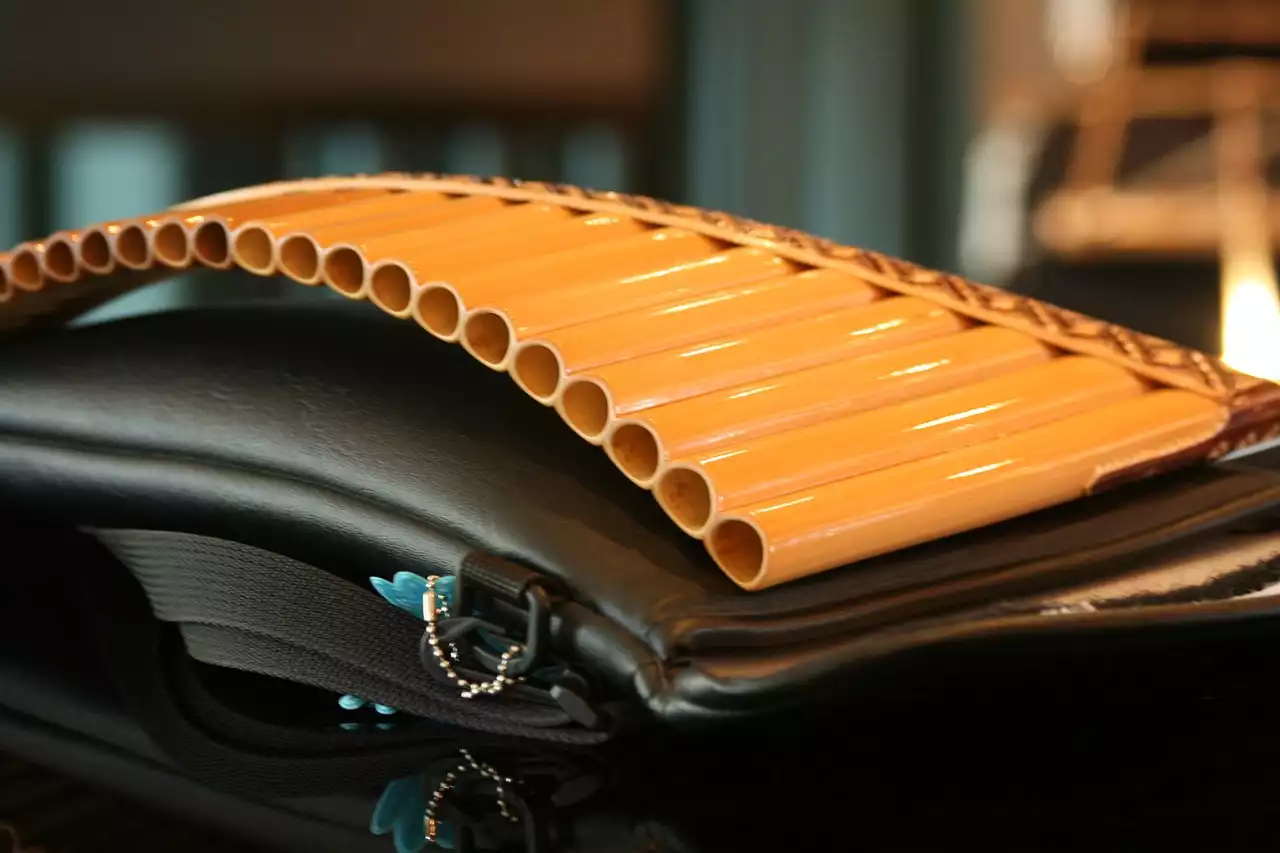The History of the Flute
The flute has a rich and fascinating history that spans thousands of years. Its origins can be traced back to ancient civilizations, where flutes made of bone, wood, or reeds were used for various purposes, including religious ceremonies and entertainment. As civilizations advanced, so did the flute. The introduction of metalworking techniques allowed for the development of more sophisticated flutes with improved tonal quality.
During the Baroque period, the flute underwent significant changes, including the addition of keys and a more refined design. It became a prominent instrument in orchestras and chamber music ensembles, capable of playing intricate melodies and virtuosic passages. Famous composers such as Johann Sebastian Bach and Georg Philipp Telemann composed beautiful flute music during this time.
In the 19th century, the flute underwent further advancements, including the introduction of the Boehm system, which revolutionized flute playing. This system improved the instrument's intonation and made it easier to play in different keys. The flute continued to evolve throughout the 20th century, with innovations in materials and design, leading to the creation of modern-day flutes with exceptional tonal capabilities.
The History of the Flute
Different Types of Flutes
The flute comes in various shapes and sizes, each with its own unique sound and characteristics. One of the most common types is the concert flute, also known as the C flute. It is made of silver or nickel silver and is played horizontally. The piccolo, on the other hand, is a smaller and higher-pitched flute, often used to add a bright and piercing sound to musical compositions. Another type of flute is the alto flute, which is larger than the concert flute and produces a warm and mellow tone. There are also specialty flutes, such as the bass flute and the contrabass flute, which are much larger and produce deep and resonant sounds.
When choosing a flute, it is important to consider factors such as your skill level, budget, and personal preference. Beginners may opt for a student flute, which is often made of nickel silver and is more affordable. Intermediate and advanced players may choose a professional flute, usually made of silver or gold, to achieve a higher level of tonal quality. It is recommended to try out different flutes before making a purchase to find the one that suits you best.
Meet the Flutes
Famous Flute Players
Throughout history, there have been numerous talented flute players who have left a lasting impact on the world of music. One of the most renowned flute players is Jean-Pierre Rampal, a French musician known for his virtuosic playing and expressive interpretations. His recordings and performances have inspired generations of flute players.
James Galway 23 January 1989
Another influential figure in the world of flute playing is Sir James Galway, an Irish flutist known for his brilliant technique and charismatic stage presence. His extensive discography and collaborations with renowned orchestras and conductors have solidified his place as one of the greatest flute players of all time.
Barber - Canzone | Baxtresser
In the classical music world, Emmanuel Pahud, a Swiss flutist, has gained international acclaim for his flawless technique and musicality. His interpretations of both classical and contemporary repertoire have captivated audiences worldwide.
Theobald Böhm : Trios sobre temas de Rossini
Beginner's Guide to Playing the Flute
Learning to play the flute can be a rewarding and fulfilling journey. However, it requires patience, dedication, and proper technique. Here are some tips for beginners to get started:
1. Posture: Sit or stand up straight with your feet flat on the ground. Hold the flute with your left hand on the top and your right hand on the bottom. Your arms should be relaxed, and your fingers should be curved.
Flute and Body Posture
2. Embouchure: The embouchure is the position of your lips and facial muscles when playing the flute. Place the flute's lip plate against the center of your lower lip, slightly covering the hole. Roll your lips inward to create a tight seal and blow across the hole to produce sound.
Basic Embouchure for the Flute
3. Breathing: Proper breath control is crucial when playing the flute. Take deep breaths from your diaphragm, filling your lungs with air. Use your abdominal muscles to control the speed and intensity of your breath.
5 Levels of Flute Breathing Easy to Pro
4. Fingerings: The flute has a complex system of keys and fingerings. Practice scales and exercises to familiarize yourself with the different fingerings for each note. Start with simple songs and gradually progress to more challenging pieces.
Flute Fingering Chart – Interactive tool by Tomplay
5. Practice: Consistent practice is key to mastering the flute. Set aside dedicated practice time each day and work on scales, exercises, and repertoire. Seek guidance from a qualified flute teacher who can provide feedback and help you improve your technique.
Why you NEED a practice journal in 2024
Remember, learning to play the flute is a journey, and progress takes time. Be patient with yourself and enjoy the process.
YOUR FIRST FLUTE LESSON
Throughout history, there have been numerous talented flute players who have left a lasting impact on the world of music. One of the most renowned flute players is Jean-Pierre Rampal, a French musician known for his virtuosic playing and expressive interpretations. His recordings and performances have inspired generations of flute players.
Another influential figure in the world of flute playing is Sir James Galway, an Irish flutist known for his brilliant technique and charismatic stage presence. His extensive discography and collaborations with renowned orchestras and conductors have solidified his place as one of the greatest flute players of all time.
In the classical music world, Emmanuel Pahud, a Swiss flutist, has gained international acclaim for his flawless technique and musicality. His interpretations of both classical and contemporary repertoire have captivated audiences worldwide.
Joining a Flute Community
Playing the flute is not just about practicing and performing; it is also about connecting with others who share the same passion. Joining a flute community can provide you with opportunities to learn, collaborate, and grow as a musician. Whether it is a local flute ensemble, an online forum, or a flute masterclass, being part of a flute community allows you to exchange ideas, seek guidance, and form lasting friendships with fellow flute enthusiasts.
In conclusion, the flute is a captivating instrument that has the power to transport listeners to a world of enchantment and beauty. Its rich history, diverse range of types, and the joy it brings to both players and listeners make it a truly remarkable instrument. Whether you are a beginner embarking on your flute journey or an experienced musician seeking to expand your repertoire, the flute offers endless possibilities for musical exploration and personal growth. So, embrace the magic of the flute and unlock your musical potential today.







.png?size=50)